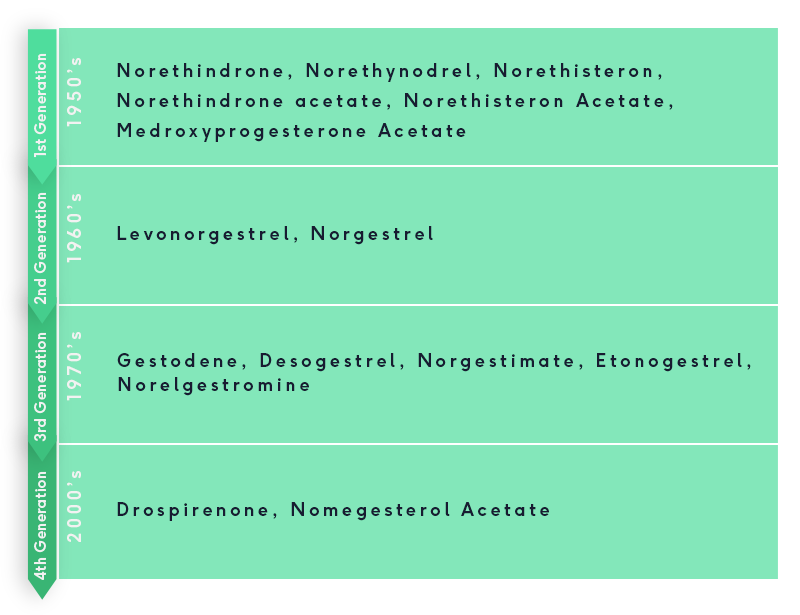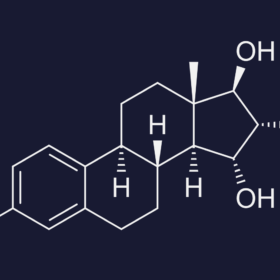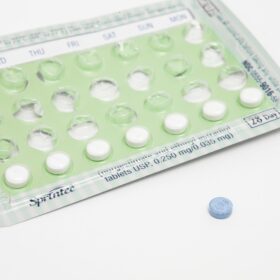
What is Synthetic Progestin? The ingredient in your hormonal contraception
In this article
What's the lowdown?
Progestins are man made versions of our natural progesterone hormone
Progestins are found in all hormonal contraceptives
The side effects caused by progestins are individual and hard to predict
Ever looked at the ingredients of your contraception and wished you knew what they were? We’re here to help.
What is synthetic progestin?
First some definitions:
- Progesterone = a naturally ocurring hormone in the body
- Progestin = a man made or synthetic form of progesterone
- Progestogen = the word to use to cover both natural progesterones and synthetic progestins
Every method of hormonal contraception contains one of a dozen of so synthetic progestins, each of which work in various ways to stop pregnancy.
Ultimately, progestins work on their own or alongside synthetic oestrogens to do the following:
- Prevent ovulation – although there’s a pretty big variation between different progestins and not all of them do this.
- Affect the production of cervical fluid – ensuring it is not ‘fertile quality’, and instead is too thick for sperm to pass through. This stops sperm from entering the uterus.
- Ensuring the lining of the uterus remains too thin – for a fertilised egg to implant into1.
Depending on how a progestin binds with progesterone-receptors, androgens, sex hormone binding gobulin, and mineralocorticoid or glucocorticoid receptors2 affects how it works.
Progestins can interact with other hormones and our natural biological system in loads of different ways, which means their side effects can be hard to predict. This is particularly the case when progestins are combined with synthetic oestrogens, as the two hormones can interact with each other in highly individual ways.
Past research is limited and, for the most part, a bit rubbish; many of the studies carried out on progestins involved rats and rabbits, with the results then extrapolated to humans (not very helpful). Another spanner in the works is the way that your life stage can influence your reaction to progestins; they behave differently in pre-menopausal and post-menopausal women2.
Different progestins
As different progestins affect the body in widely different ways, and because their side effects are so varied, the past few decades have seen a large number developed in the hope of designing a more beneficial synthetic progesterone.
The need for a synthetic progestin came when scientists discovered that natural progesterone, when taken orally, is ineffective as it is processed by the liver 3,4, meaning a suitable alternative had to be found.
The generations of progestin

Our medical review process
This article has been medically reviewed for factual and up to date information by a Lowdown doctor.






